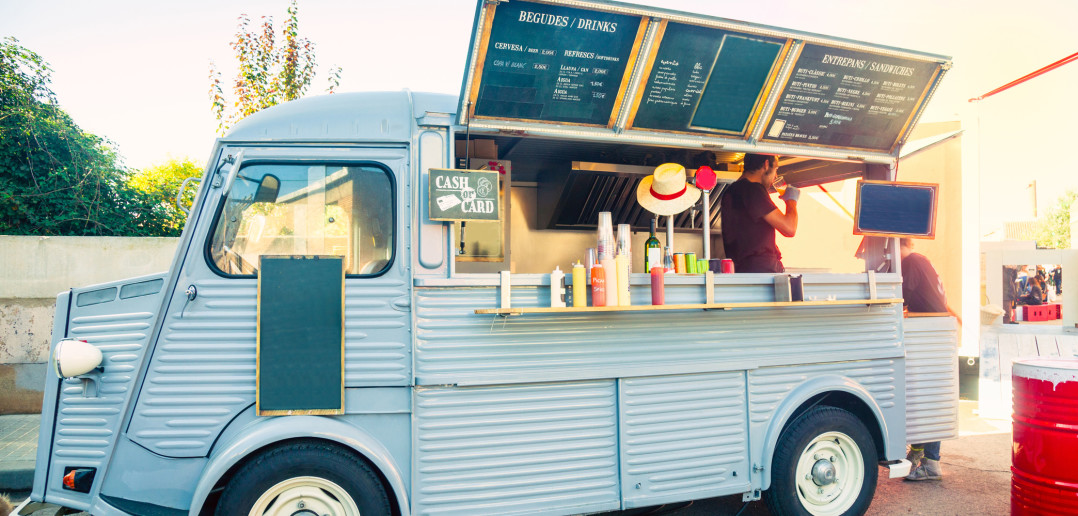Food trucks are a familiar site in many major cities, catering to office workers while on their lunch hour, event goers and university students. They also have become a popular alternative to a traditional, sit-down restaurant. Between 2010 and 2015, the market grew rapidly, at an annual rate of 9.3%, becoming the fastest-growing segment of the food-service sector, according to IBISWorld.
Regulations for food trucks vary from municipality to municipality. No matter where they are located, however, food trucks compete with brick-and-mortar restaurants, and the restaurant industry has attempted to stop their growth. In some cities, the market itself has slowed, with these markets reaching saturation for food trucks. Last year, food trucks grew at the slowest rate in years, 3.5%, and reaching only $856.7 million in value, IBISWorld reports.
Let’s look at four reasons why the food-truck market may be facing saturation:
- Difficult business to enter: “It’s very saturated right now,” Victor Jeong told Brigham Young University. “There’s a lot of people that are still trying to get in.” Jeong owns the Bumblebees BBQ & Grill with business partner Brad Bae. When he attempted to enter the food truck market, Jeong discovered that much of his city was controlled by a handful of trucks. In addition, the requirements for starting business are high. Licenses are needed for each municipality along with an annual health permit. Trucks must be purchased and modified for food service, and they require plenty of maintenance. These high costs make it possible for only the most successful food-truck businesses to survive.
Source: The Daily Universe
- Staying fresh and innovative: The food-truck market began to gain popularity in 2011. But, like with any business venture, food-truck owners must do something innovative and different to stand out in the crowd. This has led food-truck owners to target niche audiences and streamline menu options. An online presence also is a necessity, so customers know when and where to find trucks. For many food trucks, though, the income from parking on the street isn’t enough to keep businesses going. Additional income can be brought in by catering private events. Source: QSR
- 60% of restaurants fail in their first three years: If traditional restaurants fail at this rate, why shouldn’t food trucks? Businesses fail because of lack of planning and profits. “I think food trucks fail for one of two reasons, over saturation in the market or lack of promotion, I think it’s rarely for the reason that the food is insufficiently good”, Joe from The Doner Haus told Food Truck Empire. New food-truck owners are cautioned to carefully study the market and target customers. Source: Food Truck Empire
- It’s not all bad news: A study conducted by food industry consulting group TECHNOMIC found 91% of food truck customers did not view them as a passing fad and expect food trucks to be available into the future. Food-truck customers also are more likely to patronize more than one when the trucks are in a centralized location at a rate of three out of four. There is still room in the market for growth – 70% of nonfood truck users are hesitant to the give the trucks a try. This market could be converted with clever marketing campaigns. Source: Food Beast In addition, two-fifths of restauranteurs believe food trucks will increase in popularity, according to National Restaurant Association’s 2016 Restaurant Industry Forecast.
Top photo: © Getty Images / Maica



![[NEW] MAPIC interview: In conversation with Tobias Karlsson, Global Real Estate Director, KIKO Milano](https://www.beyondretailindustry.com/wp-content/uploads/2024/05/MicrosoftTeams-image-44-5-351x185.jpg)
![[NEW] MAPIC interview: In conversation with Giovanni Porcu, CEO and founder of Doppio Malto](https://www.beyondretailindustry.com/wp-content/uploads/2024/03/DM-Magenta_1-351x185.jpeg)